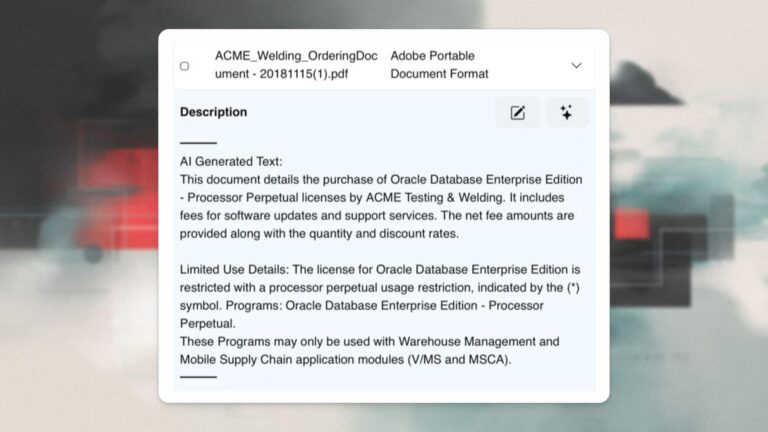Introduction
Transparent Data Encryption (TDE) is a feature in SQL Server that provides encryption for data at rest by encrypting the underlying database files. This ensures that even if someone gains access to the physical files, they cannot read the data without the corresponding encryption keys. This document provides a step-by-step guide on configuring TDE in SQL Server and restoring an encrypted database to another server for migration or refresh purposes.
Prerequisites for SQL Server Transparent Data Encryption (TDE)
- SQL Server Management Studio (SSMS)
- Administrative privileges on the SQL Server instance
- Secure storage for encryption keys and certificates
Create the Database Master Key and Certificate
1. Create a Master Key
The master key must be created in the `master` database before generating the encryption certificate.
USE master;
GO
CREATE MASTER KEY ENCRYPTION
BY PASSWORD = ‘InsertStrongPasswordHere’;
GO
2. Create a Certificate Protected by the Master Key
CREATE CERTIFICATE TDE_Cert
WITH
SUBJECT = ‘Database_Encryption’;
GO
Create the Database Encryption Key and Enable TDE
3. Create a Database Encryption Key
USE <DatabaseName>
GO
CREATE DATABASE ENCRYPTION KEY
WITH ALGORITHM = AES_256
ENCRYPTION BY SERVER CERTIFICATE TDE_Cert;
GO
4. Enable Encryption on the Database
ALTER DATABASE <DatabaseName>
SET ENCRYPTION ON;
GO
To monitor encryption status, use:
SELECT db_name(database_id) AS DatabaseName, encryption_state, key_algorithm, key_length
FROM sys.dm_database_encryption_keys;
GO
Back Up the Certificate and Private Key
To restore the encrypted database on another server, the certificate must be backed up securely.BACKUP CERTIFICATE TDE_Cert
TO FILE = ‘C:\secure_path\TDE_Cert.cer’
WITH PRIVATE KEY (FILE = ‘C:\secure_path\TDE_CertKey.pvk’,
ENCRYPTION BY PASSWORD = ‘InsertStrongPasswordHere’);
GO
Restore a TDE-Encrypted Database on Another Server
1. Create a Master Key on the Target Server
USE master;
GO
CREATE MASTER KEY ENCRYPTION
BY PASSWORD = ‘InsertStrongPasswordHere’;
GO
2. Restore the Certificate on the Target Server
Copy the certificate to the target server or store in a shared location.
USE master;
GO
CREATE CERTIFICATE TDE_Cert
FROM FILE = ‘C:\secure_path\TDE_Cert.cer’
WITH PRIVATE KEY (FILE = ‘C:\secure_path\TDE_CertKey.pvk’,
DECRYPTION BY PASSWORD = ‘InsertStrongPasswordHere’);
GO
Troubleshooting Common TDE Errors
- Secure Storage: Store encryption keys, passwords, and certificates securely to avoid data loss.
- Performance Impact: TDE encrypts database files at the storage level, which may introduce a slight performance overhead.
- Backup Strategy: Encrypted databases require corresponding certificates for restoration, so ensure backups of certificates and private keys are always available.
- Key Rotation: Periodically rotate encryption keys and certificates for enhanced security.
- Alternative Encryption: If granular encryption is required at the column level, consider Always Encrypted instead of TDE.
Conclusion and Next Steps
Transparent Data Encryption (TDE) is a powerful feature for securing SQL Server databases. By following the steps outlined in this document, you can implement TDE on a SQL Server database and successfully restore it on another server for migration or disaster recovery scenarios. Proper management of encryption keys and certificates is critical to ensure accessibility while maintaining security.
SQL Server TDE FAQs
Transparent Data Encryption encrypts database files and backups so data at rest remains protected even if files are copied off the server.
Create a database master key, create a server certificate, create a database encryption key in the target DB, set the DB to ENCRYPTION ON, then back up the certificate and private key.
You cannot restore or attach a TDE-encrypted database on another server without the original certificate and private key.
Yes. Create a master key on the target, restore or create the certificate from the backed-up files, then restore the database.
When TDE is enabled, tempdb and native backups from that database are encrypted. Ensure third-party backup tools support TDE.
Further Reading on SQL Server Security and Operations
Talk to an Expert Today!
Need help configuring SQL Server TDE, backing up certificates and keys, or restoring encrypted backups safely? Our SQL Server specialists can guide you step by step.
Contact Us






